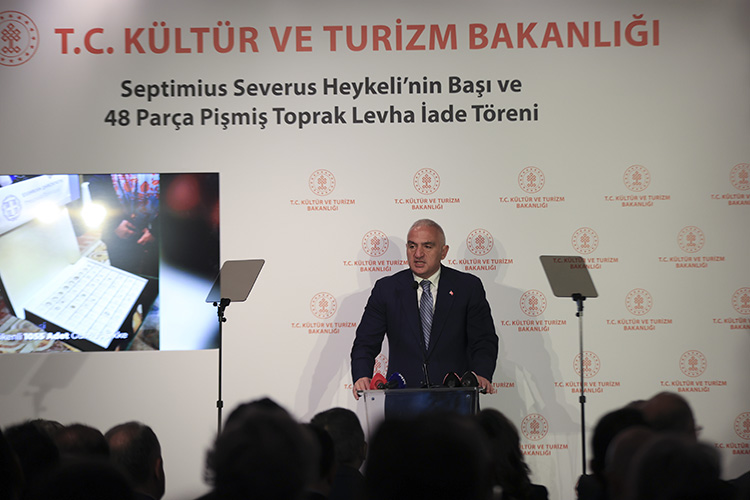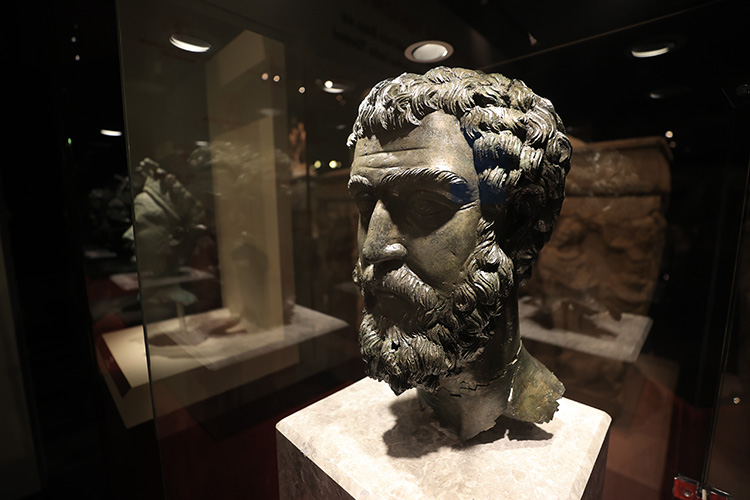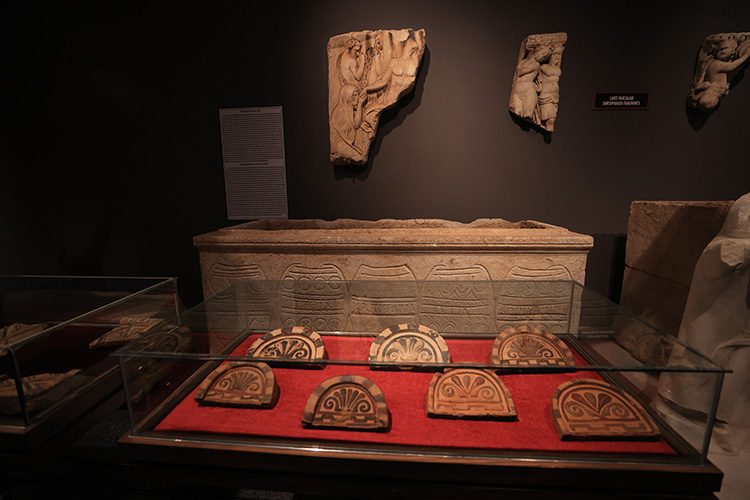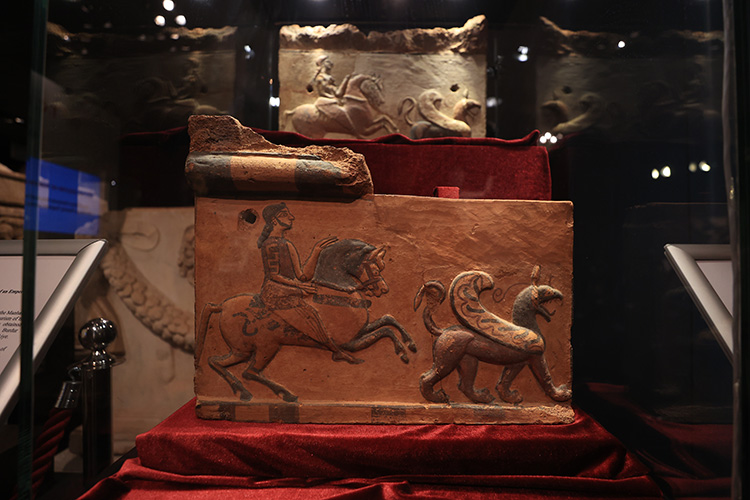
The Glyptotek Museum has returned the statue head of Septimius Severus smuggled from Türkiye
Through the intensive efforts of the Ministry of Culture and Tourism, the Glyptotek Museum in Denmark has returned the head of the statue of the Roman Emperor Septimius Severus and 48 terracotta architectural plaques that were smuggled from Türkiye. This significant restitution marks a concrete victory in the fight against historical artifact smuggling.
Heritage Smuggled from Boubon Ancient City
The head of the statue of Septimius Severus, originating from the Boubon Ancient City in Burdur, was among the artifacts smuggled abroad as a result of illegal excavations in the 1960s. Minister of Culture and Tourism Mehmet Nuri Ersoy announced the return of this artifact and 48 terracotta plaques from Düver village in Burdur at a ceremony held at the Antalya Archeology Museum.

International Cooperation in the Fight Against Smuggling
Minister Ersoy stated that the Boubon Ancient City suffered significant damage in the 1960s and that many artifacts were smuggled abroad with forged documents. However, thanks to the cooperation of the Anti-Smuggling Department and the Manhattan District Attorney’s Office, many valuable artifacts, such as the statues of Lucius Verus, Young Emperor, and Draped Woman, were returned to Türkiye.
The Head of Septimius Severus and the Role of Prof. Dr. Jale İnan
Prof. Dr. Jale İnan’s identification of the 3rd-century statue head as originating from Boubon and the new evidence presented played a critical role in the restitution process. The Glyptotek Museum agreed to return the artifact to Türkiye “for ethical reasons” based on the evidence and their own scientific examinations.

Joining the Head and Body
A meticulous study has been initiated to join the head and body of the statue. Conservators stated that there was a practice of joining different heads with bodies in ancient times and that a sudden intervention could damage the artifact, so they will handle the study within a time-phased project.

Importance of Terracotta Plaques from Düver
The terracotta plaques from Düver village in Burdur date back to the 6th century BC and are considered important archeological data that allow us to understand the ancient Pisidian culture. The restitution of these plaques is of great importance for the protection of the region’s historical and cultural heritage.

Minister Ersoy emphasized their determination to trace and bring back to Türkiye any artifact belonging to these lands, no matter where in the world they are smuggled. “There is now a fact accepted by collectors or experts in the field. They know that if they have an archaeological artifact that was removed from Anatolia by illegal means, the Republic of Türkiye will come and find it and ensure its restitution through legal means,” he said.
Cover Photo: Zehra Tekeci Eser/AA
Calendar
| M | T | W | T | F | S | S |
|---|---|---|---|---|---|---|
| 1 | 2 | 3 | 4 | 5 | 6 | |
| 7 | 8 | 9 | 10 | 11 | 12 | 13 |
| 14 | 15 | 16 | 17 | 18 | 19 | 20 |
| 21 | 22 | 23 | 24 | 25 | 26 | 27 |
| 28 | 29 | 30 | ||||
Leave a Reply